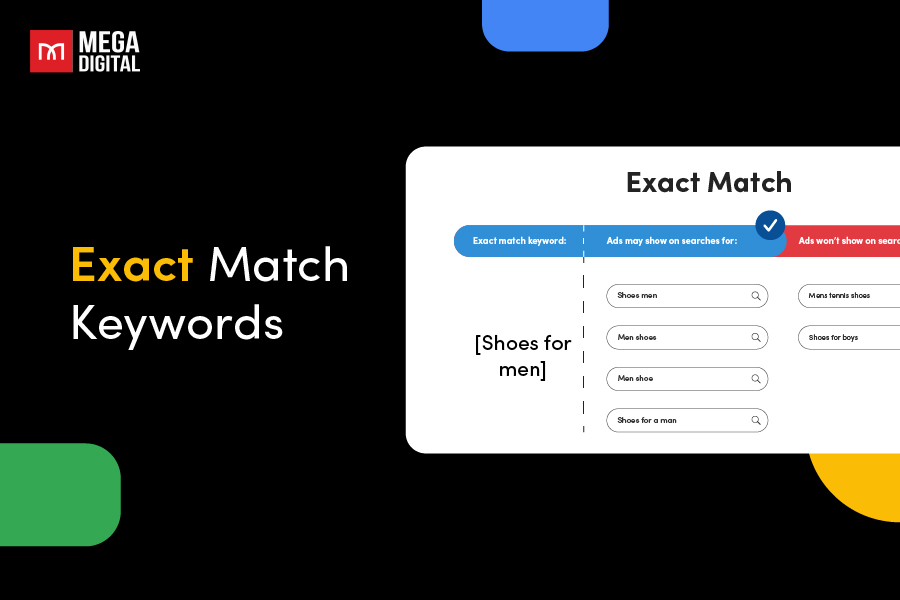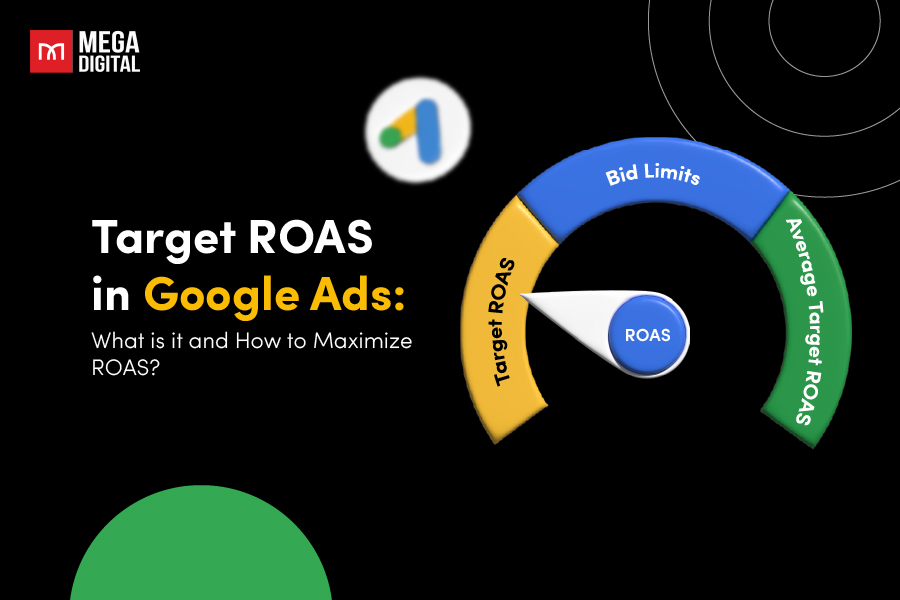In the busy world of the internet, it’s hard to make people notice ads. One good way is to show them ads for things they like. This is what Facebook Dynamic Product Ads do. These are also known as Advantage+ catalog ads. These ads are great for users who have lots of products and want to run ads that work well and run on their own. In this blog post, I’ll talk about what these ads are, how to make them, and how advertisers can utilize them.
What are Facebook Dynamic Product Ads?
Dynamic Product Ads (DPAs), or Advantage+ catalog ads, are a type of ad format that allows businesses to promote their products to specific audiences dynamically. Unlike traditional ads, DPAs automatically show the most relevant products to users based on their online behavior and interactions with the business’s website or app.
DPAs are particularly effective in e-commerce, where businesses have extensive product inventories and benefit from targeting users with specific product recommendations based on their browsing and purchasing history. They help increase conversion rates, reduce cart abandonment, and drive higher returns on ad spend (ROAS).
Below is an example of Facebook Dynamic Product Ads from Eton Shirts:
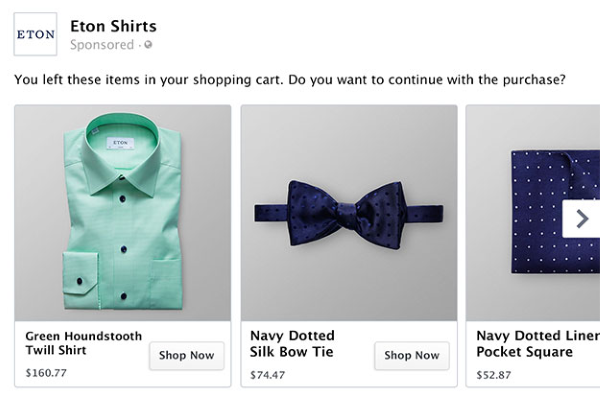
As you can see from the screenshot, it doesn’t look any different from other ads on Facebook. You’ll be able to use the following formats when creating Facebook dynamic product ads:
- Single image or video
- Collection
- Carousel

Benefits of Using Meta Dynamic Ads for Products
If you’re not yet convinced about the potential of dynamic ads, check out their benefits below.
Save Your Ad Creation Time
Dynamic product ads automatically showcase products from your entire catalog, saving time and effort in ad creation. Instead of creating individual ads for each product, you use an ad template that changes with customer data. This automation can significantly reduce your ad creation time.
Save Your Ad Budget
Facebook dynamic product ads are a cost-effective advertising solution, as you only pay for the clicks and conversions you receive. This pay-per-performance model ensures that your ad budget is used efficiently.
Reduce Your Abandoned Cart Rate
The average cart abandonment rate in the U.S. is nearly 70%. That means nearly 7 out of every 10 shoppers don’t follow through with an intended purchase. Dynamic ads can show products waiting in the consumer’s cart to remind them of the products. This strategy can effectively reduce your abandoned cart rate and increase conversions.
Retarget Customers
One of the most powerful features of dynamic product ads is the ability to retarget customers. These ads can show the last products the shopper viewed and encourage them to pick up where they left off. This retargeting capability can significantly increase your conversion rates.
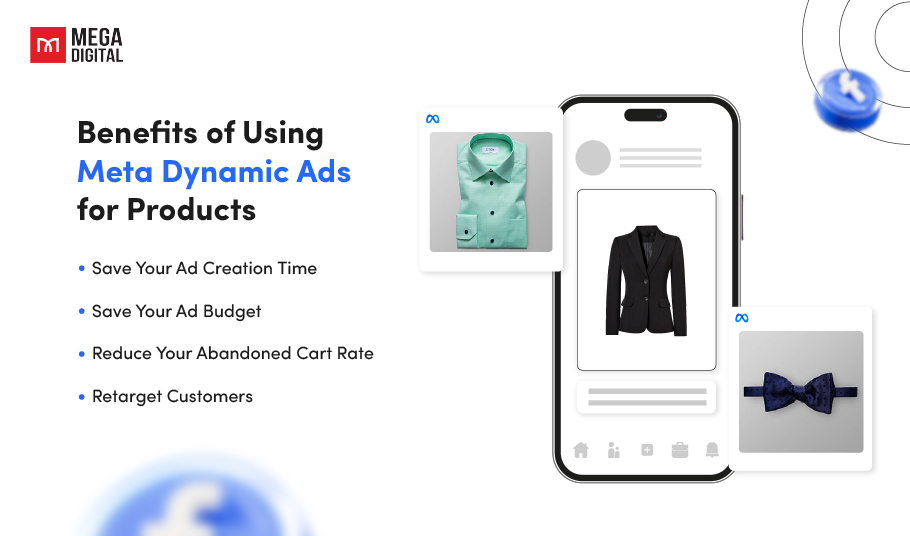
What type of Business Should Use Facebook Dynamic Ads?
When creating dynamic product ads, the step you cannot avoid is creating a Facebook Catalog, which will contain all the information about your products.
There, you’ll find types of catalogs from which you’ll pick the one most relevant to your business. These four are the some of business types that can work wonders with Facebook dynamic product ads:
- E-commerce
- Travel
- Real estate
- Automotive
Even if you don’t find your business belongs to one of these 4 categories above, you can still, and should, use Facebook DPAs, as long as you have an online store to advertise its products. And suppose it has a dozen of them without leveraging dynamic product ads. In that case, the budget spent on Facebook Ads, particularly on digital advertising in general, will just become one missed opportunity.
How to Set Up Facebook Dynamic Product Ads?
Here’s a step-by-step guide on how to create Facebook Dynamic Product Ads.
Step 1: Set up your product catalog
First, go to the Commerce Manager. Then, choose a way to sell your products by clicking on Create a Catalog. If it’s your first catalog, click on Get Started. If you already have one, you’ll see it.
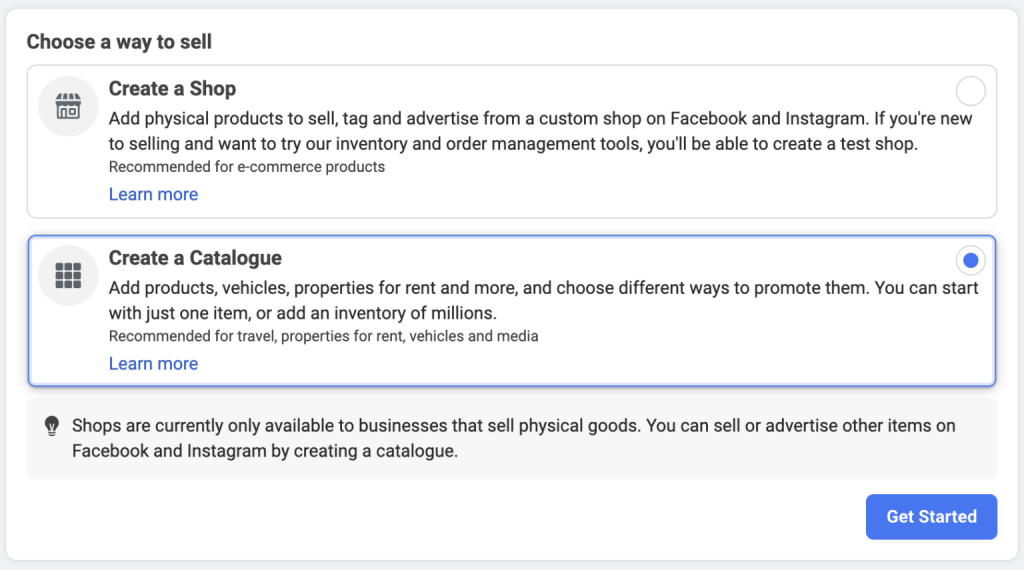
Choose the type of inventory you’re working with (e.g., e-commerce for products) for your catalog and click Next.
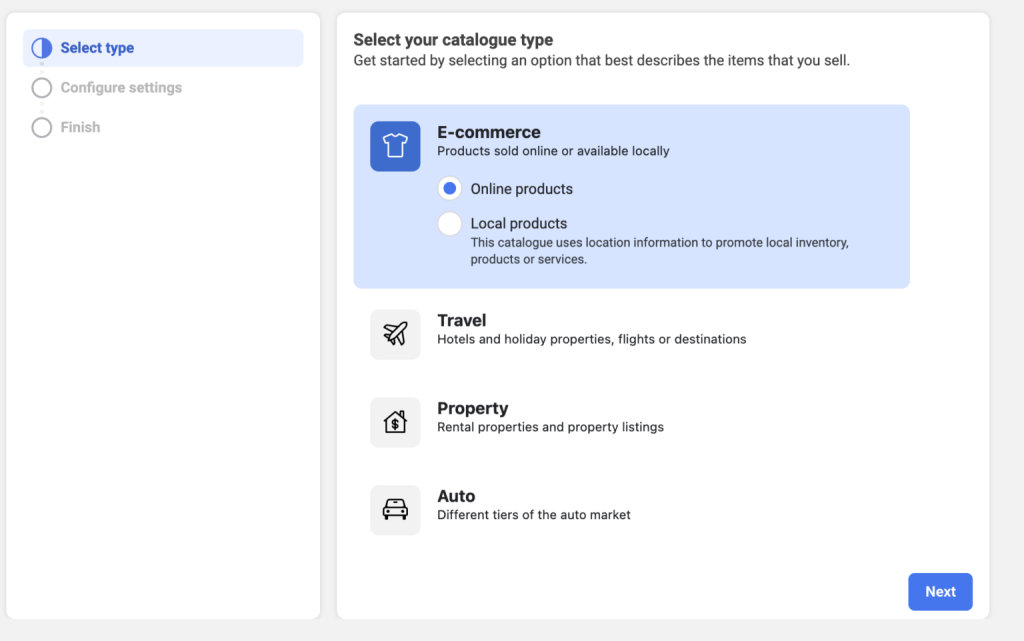
Continue with configure settings. You can either choose Upload Product Info to add your items manually or upload your data automatically by selecting Connect a partner platform such as Shopify or BigCommerce.
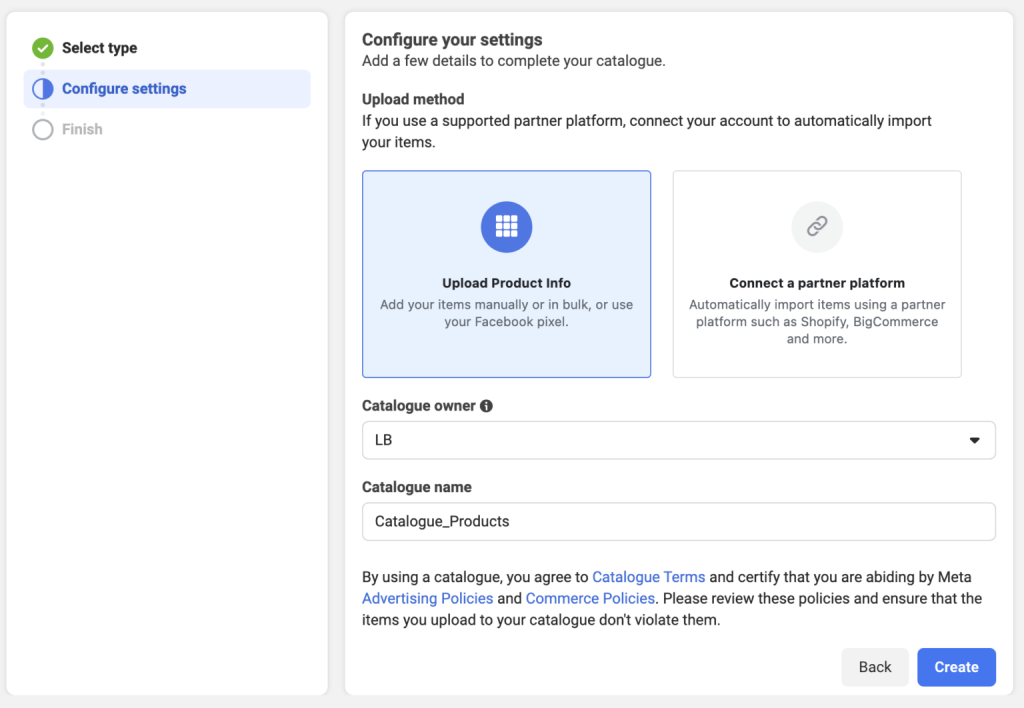
Select the business account associated with the Catalog owner. Also, name your list and click Create to finalize your new catalog.
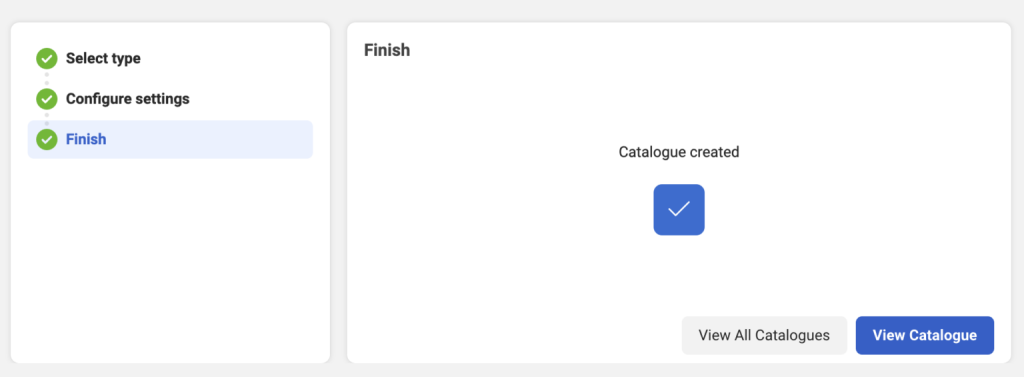
After creating your catalog, you can add your items by clicking View Catalog and then Add Items.
Choose your ideal method to upload your item lists.
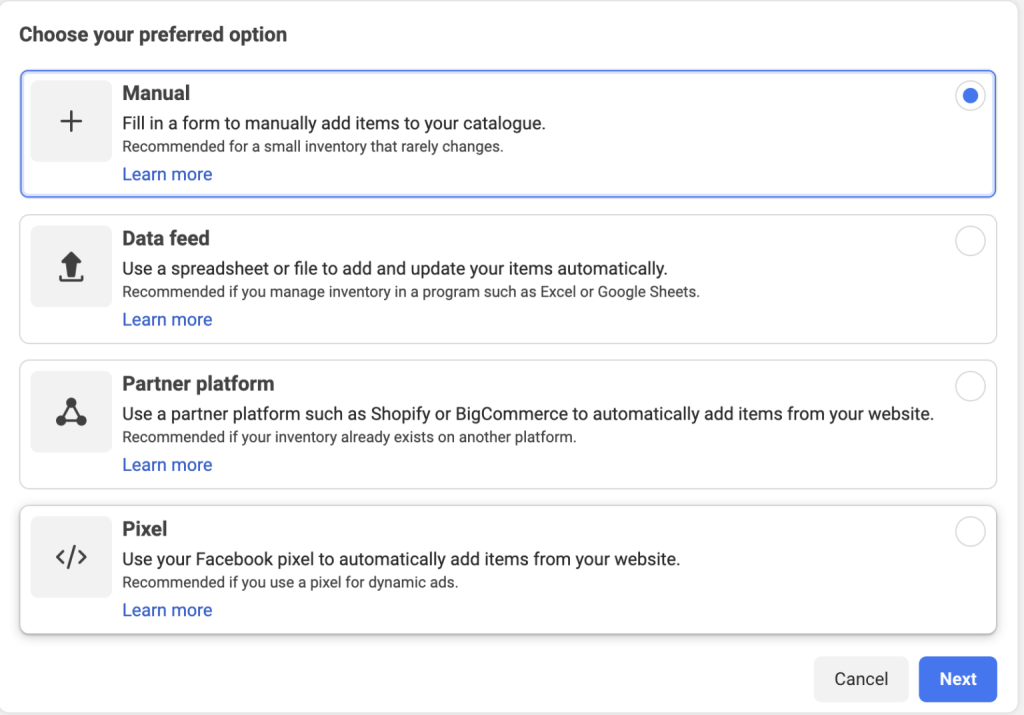
Step 2: Integrating Facebook Pixel and SDK
Incorporate Facebook Pixel on your website and/or the Facebook SDK in your app. This setup is critical for tracking user interactions and tailoring your ads. Here’s how to do this:
Go to the Commerce Manager and select your catalog.
In the Catalog tab, find and click on Events.
Manage event sources by selecting 1 out of the 2 options in the Set up tracking section:
- Mobile event tracking: You’ll need to activate the SDK.
- Website event tracking: You’ll have to set up your Facebook Pixel.
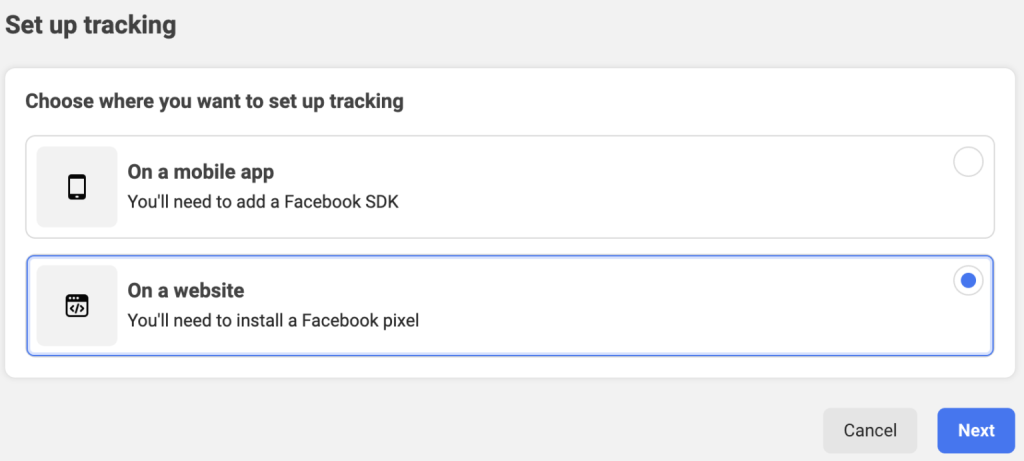
Step 3: Create your Facebook Dynamic ads
Go back to Meta Ads Manager and click on ‘+ Create.’
Choose an objective that supports dynamic creativity.
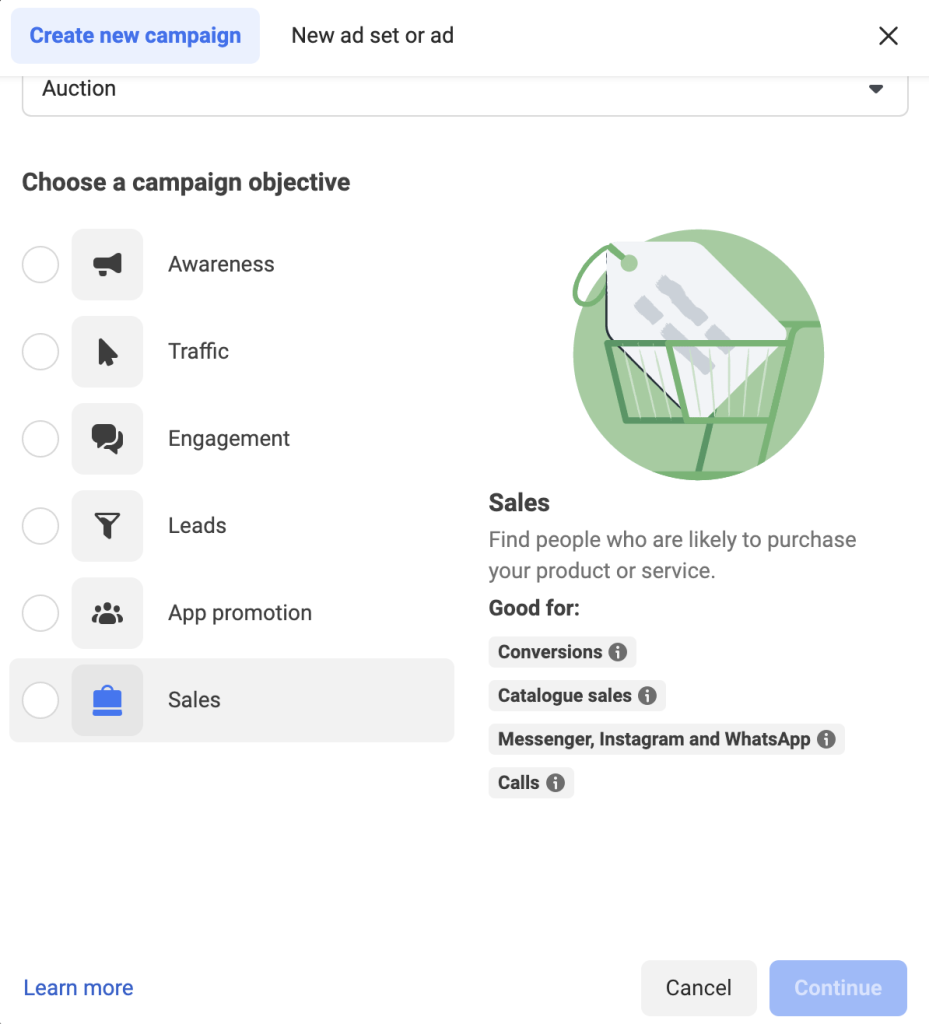
- If you choose Sales as your objective, you will then need to select a product catalog from the Select Product Catalog dropdown menu.
- If you choose among Traffic, Engagement, or Leads, you will need to specify both the product catalog and product set when you create your ads.
Select Continue to move to the Ad Setup step.
Step 4: Configure your Ad Set
In this step, name your ad and fill in all the information needed.
On the final screen, customize your ad budget and scheduling options based on your campaign strategy.
After reviewing all the settings, Click Create Ad to complete the setup of your Advantage+ Catalog Ad.
Your campaign is now set up and ready to run. Facebook will display your ads to your selected audience based on your campaign objectives and targeting settings.
Best Practices for Facebook Dynamic Ads Success
So, you’ve dipped your toes into the world of Facebook Dynamic Ads and are ready to dive deeper. The good news is that with a few pro tips and strategic tweaks, you can transform your DPAs from sparks of interest into actual conversions. Let’s ignite your DPA success with these best practices from Mega Digital
#1 Include a wide range of products
This helps improve Meta’s ability to recommend top choices to your audience. Remember, products outside the set won’t appear in recommendations.
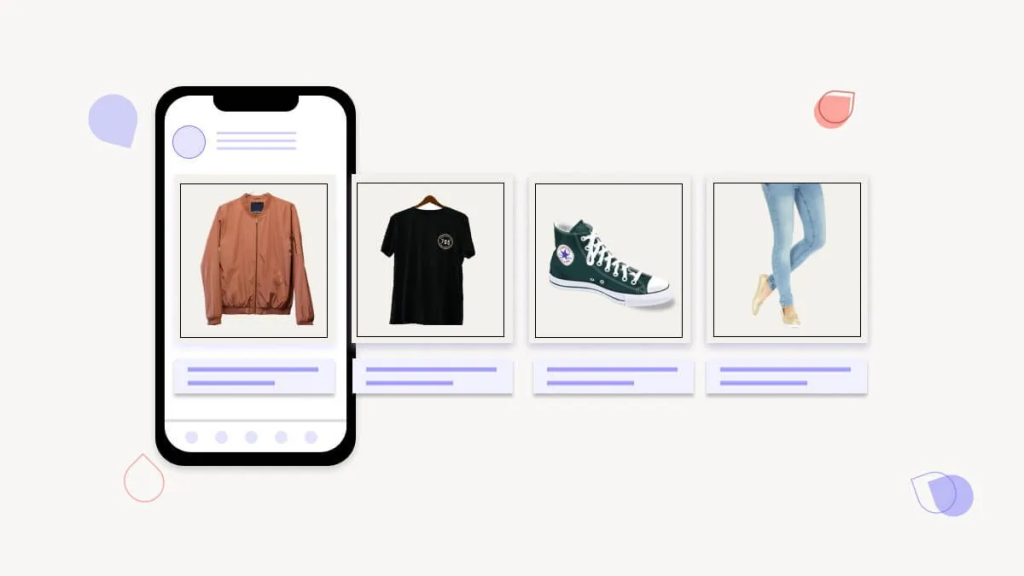
#2 Experiment with different ad copies
Copy is one of the most important elements of a successful Facebook ad. Your headline, link description, and body text should communicate your message clearly and engagingly. One thing you should always do to write effective copy is to understand your target audience.
>>> Read more: How to write a driving Facebook ad copy? 6 Best ad copy examples
#3 Use time-based templates
Time-based ads are great ways to elevate the user experience. One of the most efficient ways to do so is the countdown strategy – mostly used for holidays when campaigns need to stand out the most. The trick is to update the price daily and to make the sales bigger as getting closer to a certain holiday. You can also communicate how many days are left for the offer.

#4 Include reviews in your DPAs
It is not just about avoiding a generic white background. It is about using that space to share the information that will sell. Users’ reviews are always a good choice.
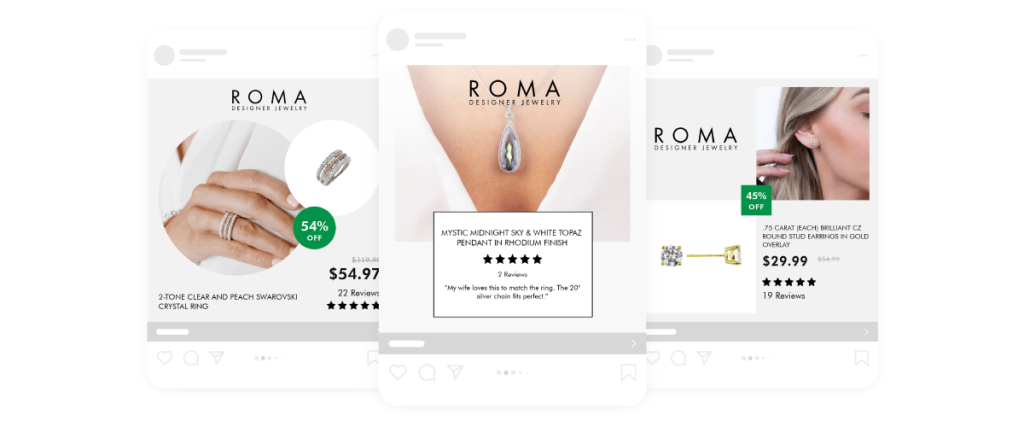
First, you need to insert these data into the live product feed to include reviews in your creatives. After, create the templates with a dynamic placeholder for reviews, and watch how each product gets its own review automatically.
#5 Use on-brand templates
Make the perfect balance by producing on-brand templates that will communicate both the brand and the product.
On-brand templates can be great for new brands that need to combat their share of the audience’s attention, but they are also great for popular brands that want to make eye-catching campaigns.
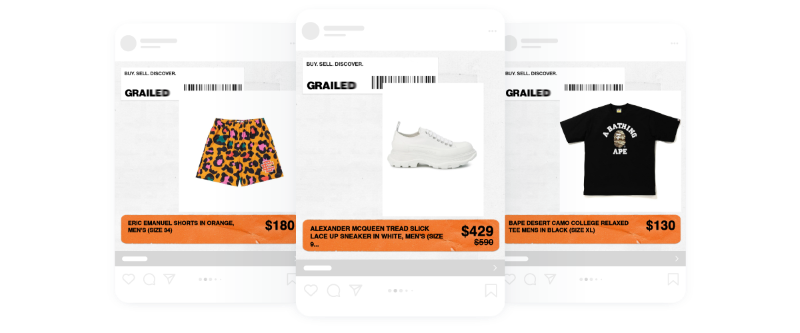
You can create different on-brand templates based on different product sets, or you can stick with the campaign.
#6 Adjust the time frame for retargeting
Your dynamic product ad may experience a surge in frequency, leading to ad fatigue. This typically occurs when you employ a brief retargeting period.
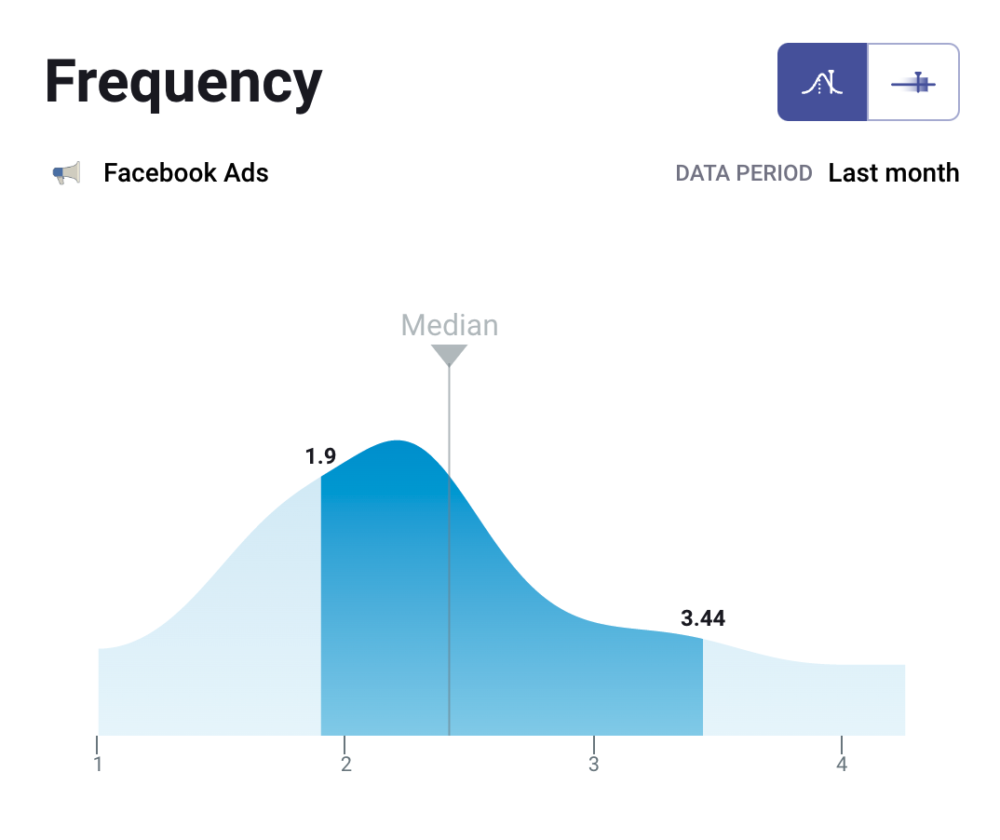
For instance, you might choose to display ads to those who have added items to their carts in the past 7 days. By limiting the time frame to just 7 days, you’re likely to reach a smaller audience. A potential remedy is to extend this period to 14 days or even longer. This adjustment can help mitigate ad fatigue and potentially reach a larger audience.
Case Study: Boosting Tuft & Needle Sales with Facebook DPAs
Client: Tuft & Needle
Industry: eCommerce – Mattress and Bedding
Objective: Increase online sales and improve ad efficiency for Tuft & Needle by utilizing Facebook Dynamic Product Ads.

Background
Tuft & Needle is a well-known online mattress and bedding company that focuses on providing high-quality products at affordable prices. With a growing product range and a competitive market, Tuft & Needle needed an effective strategy to reach potential customers and increase their online sales. They partnered with Mega Digital to leverage the power of Facebook Dynamic Product Ads to drive personalized and automated advertising campaigns.
Challenges
- Diverse product line: Managing and promoting a wide variety of mattresses and bedding products efficiently.
- Customer reach: Targeting the right audience with relevant product recommendations.
Solution
Mega Digital implemented Facebook DPAs to address these challenges. The strategy included:
- Catalog integration: Integrating Tuft & Needle’s product catalog with Facebook, ensuring real-time updates and accurate product availability.
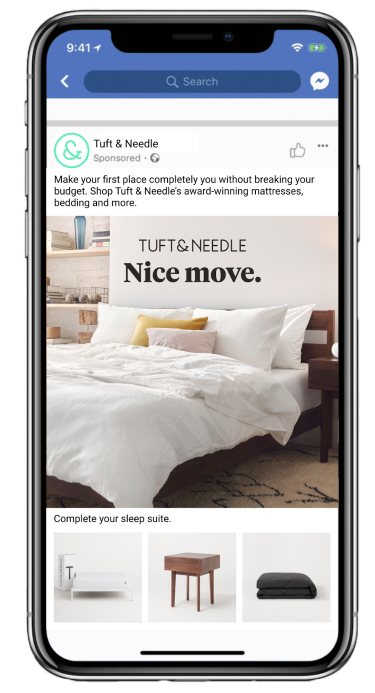
- Automated ad creation: Utilizing Facebook’s dynamic ad capabilities to automatically generate personalized ads based on user behavior and preferences.
- Custom audiences: Creating custom and lookalike audiences to reach users who have shown interest in similar products.
- Retargeting campaigns: Implementing retargeting campaigns to re-engage visitors who had previously interacted with the website but had not completed a purchase.
Results
The implementation of Facebook DPAs by Mega Digital yielded impressive results for Tuft & Needle:
- Increased sales: Online sales saw a 40% increase within the first three months of the campaign.
- Improved ROAS: The return on ad spend improved by 50%, demonstrating the efficiency of the dynamic ads.
- Reduced CPA: The cost per acquisition decreased by 30%, making the ad spend more efficient.
- Enhanced customer engagement: Higher engagement rates were observed, with more users clicking on the ads and exploring the product offerings.
Wrap-up
In conclusion, Facebook Dynamic Product Ads offer a powerful tool for personalizing your marketing efforts and engaging your audience. These ads can significantly enhance your brand’s visibility and conversion rates by showcasing products that align with individual user interests.
Interestingly, these dynamic product ads can be so pivotal to the success of eCommerce ad campaigns. Imagine, as an eCommerce business, having the power to display the perfect product to your audience precisely when they’re most likely to make a purchase. This is such a game-changer that it can skyrocket sales like never before.
>>> Read more: eCommerce Facebook Ads: 10 Strategies Actually Profitable [2024]







